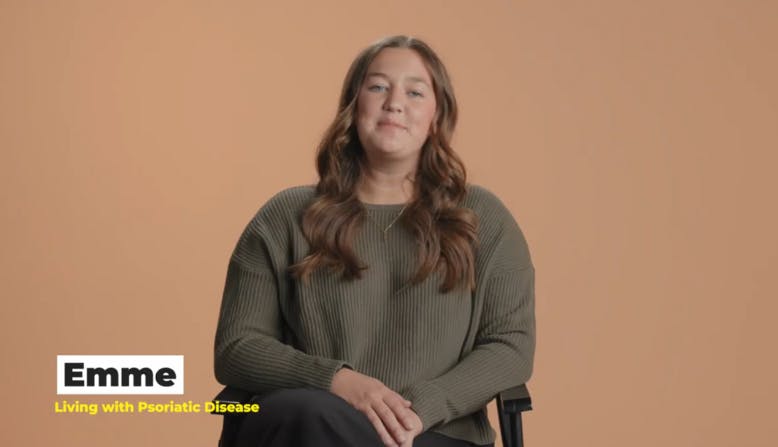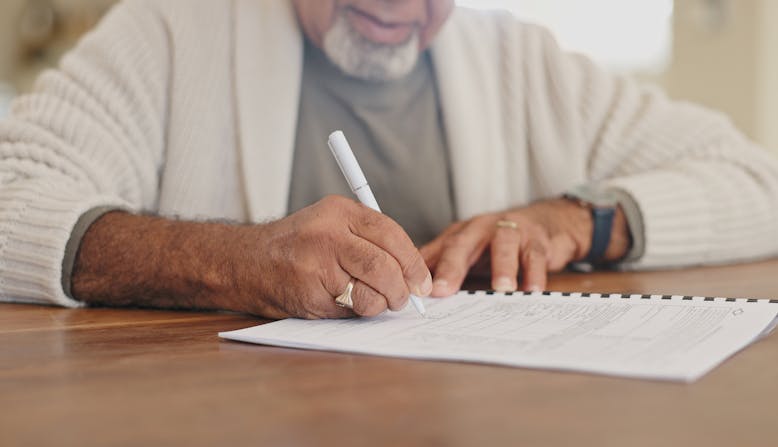Items to Bring to Your Appointment
Whether you are a new patient or are going in for a follow-up appointment, it can help to bring the following to your appointment:
Get the most out of your visit to discuss changes to your disease, understand your diagnosis and treatment options, talk over questions or concerns, and make a treatment decision.

Whether you are a new patient or are going in for a follow-up appointment, it can help to bring the following to your appointment:

• A photo identification card or driver’s license.
• Your health insurance card.
• A list of your current medications, vitamins, or supplements.
• A list of treatments you have tried in the past that caused side effects, did not work, or stopped working.
• Information on any new symptoms including flares, mental or emotional symptoms, or other new symptoms.
• Concerns or questions you want to discuss.
• A list of other health conditions or diseases you might have.
• Medical records from previous providers (if you are a new patient).
Time can be limited during appointments with your health care provider so preparing for your appointment can help you get the most out of your time together. Think about what concerns and questions are most important to you.
Request your Appointment Prep Kit and get more tips on what to ask your health care provider.
Although telehealth appointments are very similar to in-office appointments, there are a few extra steps that you may consider:
It is helpful for your health care provider to know when symptoms started or changed, especially if you are having new or increasing symptoms. Writing down how you feel each day and taking note if your symptoms change can help your health care provider develop a treatment plan that is best for you.
Below is a list of common triggers that may cause flares.

Request your free Flare Guide and Symptom Tracker.
Body surface area (BSA) is a common way to determine psoriasis severity. Psoriasis involvement of 10% BSA or more is considered "severe”. However, psoriasis on certain areas of the body called high-impact sites, including the scalp, face, hands, feet, nails, genitals, and flexures (areas where the skin folds), has an outsized impact on quality of life. Most high-impact sites, also called special areas, are on highly visible areas of the body and have more sensitive skin.
The Psoriasis Area Severity Index (PASI) is another common tool used to measure disease severity, and it measures both the extent and intensity of psoriasis lesions. No matter the extent of your psoriasis, you deserve the possibility of completely clear skin.
Today there are more treatments – and more effective treatments – for psoriatic disease available than ever before. Learn about your treatment options and how to make a decision.

Hear Kirk Gautier, a certified physician assistant, offer tips on what to bring and do to help prepare and make the most of your health care appointments.

Learn from Emme, Seritta, and Archie how to speak up for your health and get the care and treatment you deserve.

Download your free worksheet for what to bring to an appointment, keep track of your appointments, record daily symptoms, and more.
We use cookies to offer you a better experience and analyze our site traffic. By continuing to use this website, you consent to the use of cookies in accordance with our Privacy Policy.